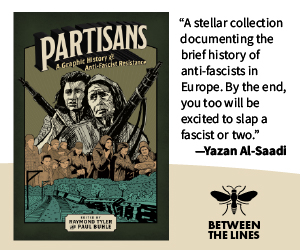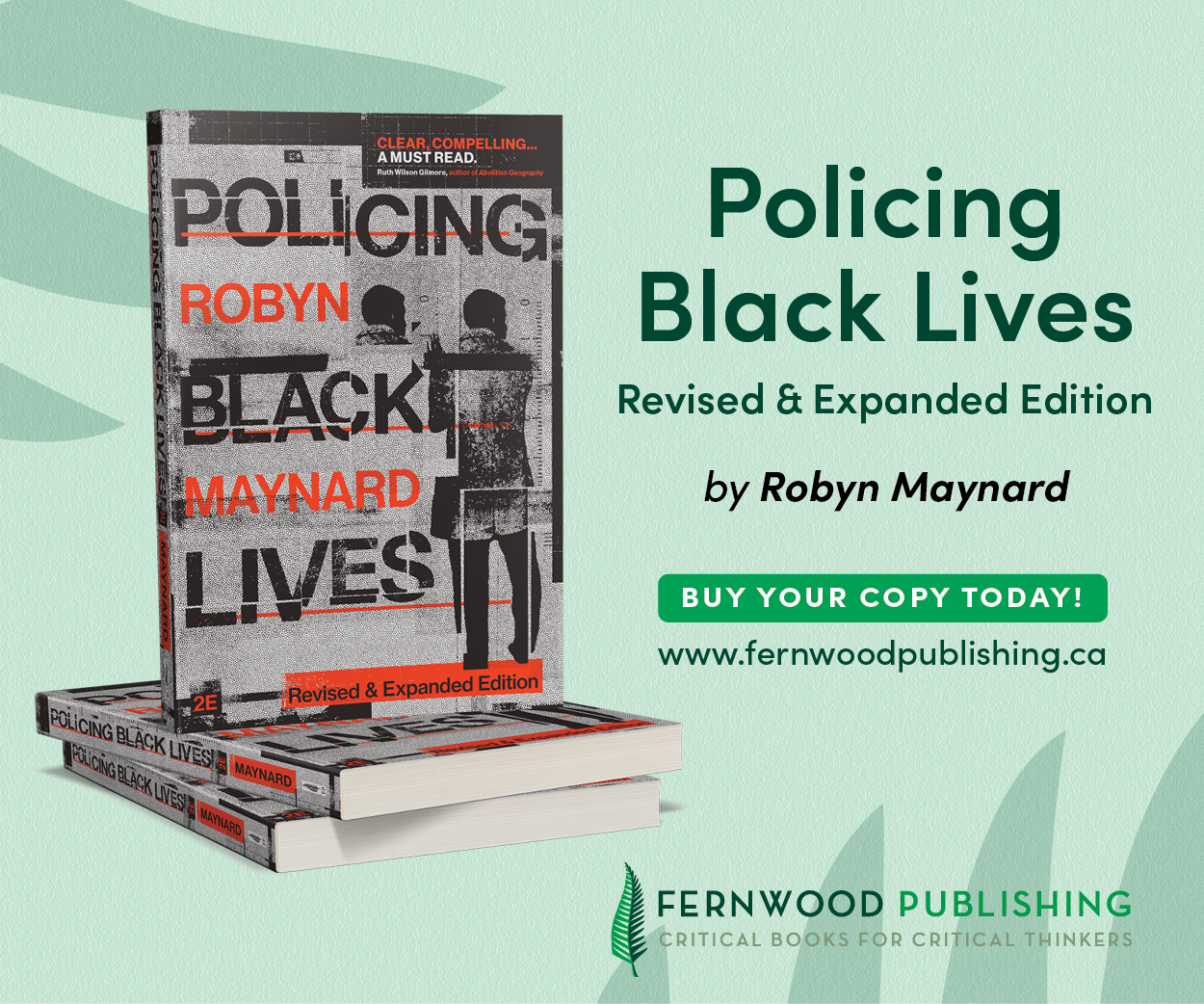Trump’s Canadian fever dream
“Canadians didn’t want to be Americans then, and we still don’t today”

Painting by Tom Freeman showing the burning of the White House after it was set aflame by British troops during the War of 1812. Image courtesy the White House Historical Association.
Donald Trump is a dangerous person, but he is not a serious man. Those of us living in the United States are about to enter another four years of presidential stream-of-consciousness rantings illuminating everything that his addled mind can conjure: racist views on immigrants; shower head water pressure; the Sophie’s Choice of fighting a shark or staying in an electric boat; and, most recently, whether Canada should join the United States. Unfortunately, many ostensibly serious people in the press have begun sane-washing some of Trump’s more ridiculous ideas. I won’t do that because I am an historian who has been through this before. However, I do find it interesting that Donald Trump has stumbled onto an idea older than the United States itself—why is Canada not part of America? In this quixotic quest to control even more territory in North America, the president-elect joins Benjamin Franklin, George Washington, Thomas Jefferson, and even Thomas Paine, each of whom believed that an independent polity north of the United States signaled an unfinished American project. As General Washington declared in 1776, “no person can be more sensible of the importance of securing Canada than I Am.” While I am not taking Trump’s comments seriously, that doesn’t mean we can’t have a little fun and understand this insane idea historically. The American Leviathan has an insatiable appetite and there are things Canada can—and should—do to become unpalatable to those hoping to spread this new authoritarianism.
Benjamin Franklin was nearly obsessed with bringing Canada (a shorthand for the territory we now call Québec and Ontario) into the confederation of rebel colonies. Franklin speculated in land in Nova Scotia, but his real interest was Québec. In the spring of 1776, after a failed invasion of Québec led by Richard Montgomery and Benedict Arnold, but before the colonies had declared independence from Great Britain, Franklin led a “Commission to Canada” to attempt by diplomacy what had failed by arms. He was the envy of John Adams, who, after learning of Franklin’s appointment, confided to his wife, Abigail, “I wish I understood French as well as you. I would have gone to Canada, if I had.” Franklin, along with Samuel Chase and two Catholics, John Carroll and Charles Carroll of Carrollton, travelled to Montréal only to discover that most Canadians simply weren’t interested in the rebel cause (though they didn’t mind the economic boost the invasion brought). It wasn’t a total loss, however. It was on this trip to Montréal that Franklin acquired his image-defining marten fur cap. Upon returning from Montréal, Franklin helped write the Declaration of Independence, and afterwards was sent to Paris as an emissary from the newly independent states. Franklin had been in France before. During previous visits he had conformed to French sartorial standards, powdered wig and all. But now he was Franklin the American, and his Canadian fur cap announced this transformation.
The delegates to the Continental Congress imagined a united future that would, they hoped, involve Canada. The Articles of Confederation, the governing document that united the independent colonies just enough to guide the war effort, make alliances, and organize opposition to Great Britain, left open the possibility that there could be more than Thirteen Colonies. In Jefferson’s 1775 copy of a “plan of Confederation by Dr. Franklin,” Article 13 stated that “any & every colony from Great Britain upon the continent of North America… may upon application and joining the said association be received into this Confederation.” By 1777, when representatives finalized the Articles of Confederation, this precursor to the Constitution made no allowances for a truly national government, but it did express the desire that the colonies would grow in number—but not all colonies were welcome. Article XI read “Canada acceding to this confederation, and joining in the measures of the united states, shall be admitted into, and entitled to all the advantages of this union: but no other colony shall be admitted into the same, unless such admission be agreed to by nine states.” The delegate from Georgia had pushed for the same allowances to be granted the Floridas, but Congress demurred.
Franklin redoubled his efforts to win Canada when he arrived in Paris. In August 1782, as Britain, France, and the united States (not yet a country, hence the lower case “u”) negotiated a possible end to the war, Franklin held numerous conversations with Richard Oswald, the British representative assigned to deal with the Americans. Oswald’s notes hint at Franklin’s insistence. After one evidently tiring meeting, Oswald recorded that “The Doctor [as Franklin was often called] at last touched upon Canada, as he generally does upon the like occasions, and said there could be no dependence on peace and good neighborhood, while that country continued under a different government.” Part of Oswald’s charge, as it turns out, was deflecting Franklin’s demand that Britain surrender its remaining American possessions. Even after falling ill and retreating from the peace negotiations, Franklin maintained his insistence on securing Canada. As the final draft of the peace treaty embarked across the Atlantic in the winter of 1782, to be read and ratified by Congress before returning to be signed in Paris, Franklin had time to think. He and John Adams met in early December and discussed additional articles that might find their way into the final treaty. They created a short list, the seventh article of which stated: “The concession of Canada & Nova scotia, to join the Confederation.” He just couldn’t help himself.
In the years after the American Revolution, Canada became more of a threat than a promise. Canada became the place from which evil intentions originated. Daniel Shays and his followers (Massachusetts farmers furious at unrelenting debt collectors, high taxes, and farm foreclosures) launched a rebellion in the summer of 1786 and, according to newspaper editorials at the time, must have been supported by or harbored in the British provinces. Americans equally saw any Indigenous attack not as a strategy to protect their homelands but rather as a proxy invasion encouraged by the British to threaten the newly independent nation.
By the early-19th century, American politicians saw yet another opportunity to extend their borders north. During the War of 1812—a conflict celebrated in Canada and largely forgotten in the United States—President Thomas Jefferson hoped to complete the project Franklin had initiated nearly 40 years earlier. What’s more, Jefferson was confident. Taking Canada would be a “mere matter of marching.” The combined efforts of British regulars, French Canadians, and Indigenous warriors held off the American attack, and the peace struck at Ghent imposed the status quo ante. While English and French Canadians celebrated what they called a victory, the Indigenous nations who did much of the fighting were cast aside, almost immediately transformed from indispensable allies into inconvenient obstacles blocking the path for a new Canadian nation. While the British project in North America has always been defined by its settler-colonial aspirations, the tossing aside of Indigenous allies and relentless encroachment into their homelands was, in no small part, the product of the Treaty of Ghent which eliminated the threat of a future American invasion.
While there have been occasional Canadian flirtations with joining the United States over the 19th and 20th centuries—especially within Québec, where some Québecois saw in states’ rights a way to protect their language and identity—Trump’s recent proclamations are of a different sort. His bluster is not to be taken seriously. Trudeau will not be the 51st governor (in no small part because he will also no longer be prime minster) and Canada will remain an independent nation whose citizens measure their virtues—universal healthcare, gun control—against the low bar of American cultural norms.
There is, of course, an opportunity for Canada to play offense. We could model what a true democracy can accomplish when people are put over profits, thus rendering this country unpalatable to the MAGA crowd. To address climate catastrophe, Canada could engage seriously with Indigenous nations and learn from their stewardship practices. To ensure we remain a country filled with critical thinkers, all provinces should fully fund our systems of higher education. We could implement a truly democratic electoral process, something along the lines that Trudeau promised years ago. Most importantly, our elected officials could offer workers policies that would improve their material conditions by listening to organized labour. Democrats turned away from unions and the working class, members of which in turn abandoned class solidarity in favour of Trump’s vile form of white grievance. Trump does not want our universal health care nor our gun laws, but he may see in Canada a population he can manipulate because the status quo is leaving too many behind.
Franklin, Washington, and Jefferson assumed that Canada would join the American project because they understood their country to be exceptional. The same is true of many Americans today who believe they live in the best country in the world and can’t imagine anyone not wanting to be part of their success. British loyalists in the 18th and 19th century had family, friends, and economic partnerships with those on the other side of the revolutionary line, but they saw something of value in the alternative world they were building. Canadians today will continue to love Americans but recoil at the actions of the American government. Trump, on the other hand, sees an American greatness that should be exported and has thus stumbled into an historical fixation that has laid largely dormant since the Treaty of Ghent. But Canadians didn’t want to be Americans then, and we still don’t today. The best revenge is living well. We should, collectively, draw on what makes us good, honour the treaties we have made with Indigenous nations on whose homelands Canada intruded, and work to make this country better.
Jeffers Lennox is Professor of History at Wesleyan University and author of North of America: Loyalists, Indigenous Nations, and the Borders of the Long American Revolution (Yale, 2022).










